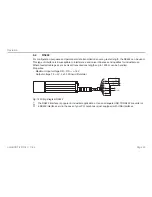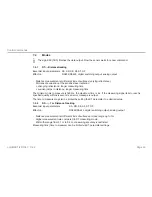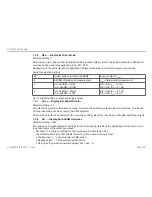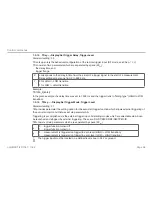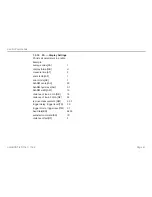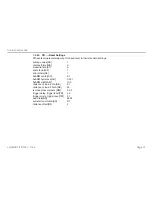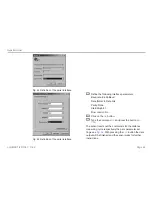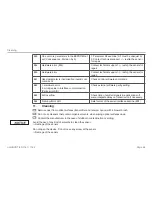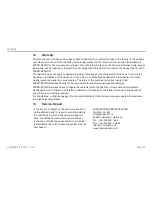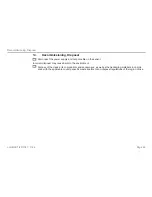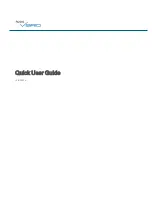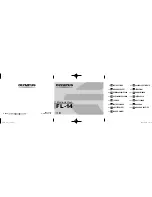
Page 35
Control Commands
optoNCDT ILR 1181 / 1182
7.3.6
SEx......Display/Set Error Mode
Standard setting: 1
SE allows you to configure how the digital switching output (alarm) and/or the analog output is to behave on
occurrence of an error message (E15, E16, E17, E18).
Depending on the particular sensor application, different reactions to an error message are possible.
Available selection options:
SE
Digital switching output (ALARM)
Analog output (I
OUT
)
0
ALARM of latest valid measurement
I
OUT
of latest valid measurement
1
AH: ALARM = LOW
-AH: ALARM = HIGH
RE > RB: I
OUT
= 3 mA
RE < RB: I
OUT
= 21 mA
2
AH: ALARM = HIGH
-AH: ALARM = LOW
RE > RB: I
OUT
= 21 mA
RE < RB: I
OUT
= 3 mA
Fig. 21 Digital switching output and analog output
7.3.7
ACx.x.....Display/Set ALARM Center
Standard setting: 0.1
AC sets the beginning of the distance range, for which the switching output will be turned active. The length
of this active range can be set using the AW parameter.
AC must be selected in keeping with the currently set SF scale factor (see Chap. 6.3 Digital switching output).
7.3.8
AH......Display/Set ALARM Hysterese
Standard setting: 0.001
AH allows you to make parameter settings for the switching hysteresis at the beginning and the end point of
the active range of the switching output.
- Set AH so it is properly matched to the currently valid scale factor (SF).
- The mathematical sign of AH affects the setting of an active state logic level:
Positive sign (“+”): active range is HIGH-active.
Negative sign (“-“): active range is LOW-active.
No sign setting means positively-signed, see Chap.
6.3
.


